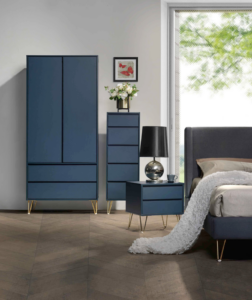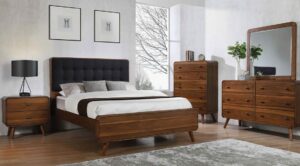What are the barriers to purchase?
In a perfect world, a customer would discover a retailer’s brand through ads or marketing outreach. If online, the customer would click on a URL link redirecting them to the product detail page of a featured product. The customer would stay on the page, read the reviews, add the product to cart and follow through with the order – abandoned carts be gone. However, as you may know, this is rarely a retailer’s reality. Retailer’s are continually juggling several barriers to conversion.
The most common barrier to conversion is related to website usability. How easy is it to navigate your website? How do I find the products I want? What opportunities allow me to discover new products? How much effort do I, the shopper, have to put forth to find relevant products? All of these questions relate back to the relationship between website clicks and conversion rate.
Why is click to conversion rate important? What are the current solutions to increase click to conversion rate?
Some of the current “solutions” that increase click to conversion rate are more intuitive navigation systems and crowd-based product recommendation tools. What I mean by “more intuitive navigation systems” is creating a site that is as similar to other retail sites in your space as it can be.
Unfortunately, there is no standard navigation system for organizing a retailer’s catalog. Each eCommerce site has different tabs with different subtabs and sub-subtabs. This can get confusing.
Another set of problems arise when the customer is having an “exploratory” episode of shopping rather than a targeted episode of shopping. Exploratory shoppers are visiting your site because something about your brand caught their eye. They may not be in a purchasing position to buy the couch or suit they saw in the ad, but they intend to look through your broader catalog. With most mobile browsing sessions lasting less than a few minutes – there is not much time to create an impact.
How can you showcase your catalog and reduce clicks?
Customers are continually looking for a reason NOT to buy from a retailer’s site. Whether that be it takes too long for the page to load, there aren’t enough reviews or they can’t find what they are looking for quickly enough in your catalog. There are too many eCommerce retailers out there for your customer to care so deeply about yours that they ignore the barriers to purchase. Intuitive navigation with embedded SKU-level attribute cataloging allows the customer to quickly and easily find the products they are looking for within the retailer’s catalog.
The most effective way to reduce clicks and address all of the above-mentioned retailer problems is to implement Style Discovery Platform (SDX) technology. SDX technology is AI-driven and takes into account SKU-level attributes such as color, texture, material, pattern, shape, and context to deliver interactive and dynamic cross-category ensembles. The ensembles are not solely based on groupthink and browsing history like current product recommendation tools. Instead, the recommendations are powered by a professionally trained reasoning engine that recognizes and understands what types of products “go-together” and what products do not. When you only have a fraction of a minute to capture your customer’s attention and convince them of your value as a retailer- you need to make the time count. Creating intuitive navigation systems is essential for the success of your site and should be done. Why inconvenience your customer with having to peruse your catalog when they can see what applies to them as soon as they hit the site?
Author: Emma Grife, Business Development






